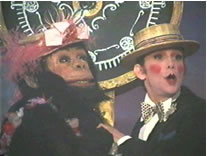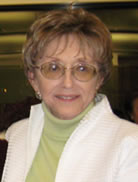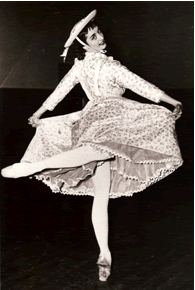Dancers Over 40 ARTS Legacy

Louise Quick Interviewed by Lawrence Merritt What inspired you to become a dancer? At 13 I was with the Birmingham Civic ballet. I met Igor Stravinsky, because Firebird was the ballet we did, and of course, he had composed it. It was the first ballet that I did and I fell in love with It. There was a guest conductor at the dress rehearsal who was obviously somebody. After the performance that night we all went to a party and I rode in a Cadillac, which was really crowded, so I just sat on this man's lap. I remembered him as the guy who conducted the dress rehearsal. Well, I found out years later that this man was -- Igor Stravinsky! I just thought he was a nice man that talked funny and had bony knees! Who was the most influential person in your career? The first show I did with Bob Fosse was Sweet Charity, the original, and then the movie, and then the movie Cabaret, in which I was the dancer Helga. I also was one of the “Two Ladies” in the trio with Joel Grey and the gorilla in the duet with Joel. When I came back to America, I assisted Bob on Liza with a Z., and then Pippin. Because movies take so much time to put together, it happened that Cabaret, Liza with a Z. and Pippin were all nominated the same year for an Emmy, Tony and an Oscar, and he won all three of them. And I'm the only living person who worked on all three. Ralph Burns, the arranger, who died not too long ago, was the only other person who worked on all three. Gwen Verdon worked on everything he did, but she did not work in Liza with a Z. On Cabaret, she flew to New York, got the gorilla mask and flew back to Germany with it on her lap!
Louise as the gorilla in the movie Cabaret Gwen always worked behind the scenes, and was very influential with costumes and makeup. She brought in a book by George Grosch, cartoon drawings of characters of the 30s in Germany. That's where I got my makeup look from. Before there was mascara you would take a spoon and melt a black Crayola over a candle. Then you took a tiny brush and applied it to your eyelashes. Not too good for your eyes, because it was hot wax. Then Gwen had me wear false eyelashes and got a yellow-green Crayola and I made little round balls on the tips of the eyelashes. It was a little subliminal, against the dark blue eye shadow, but it was good. Of course I could hardly keep my eyes open. Needless to say I did not wear them under the gorilla mask. I couldn't see out of the mouth, but there were two holes in the gorilla's nostrils. They were blocked by something connecting the jaw, but if I jutted my chin forward and pressed down real hard it would release the jaw, making “me” smile, also releasing the part that was covering the nostril holes and I could see through those. After we did Pippin in New York, I went and staged the London company and the national company of Pippin. And I worked on that famous commercial. It was the first time a dance was featured in a Broadway TV commercial. It was the Manson Trio, with Ben Vereen, Pam Sousa and Candy Brown. We also did the opening number for the Tony awards that year. Then I worked with Bobby on Liza with a Z at the Winter Garden and reproduced it with Liza in London. I also worked with Bob again on the movie the Little Prince. What was your most memorable dance experience? Later, I was living in California (because we had finished filming Sweet Charity) and got to do Sweet Charity “live” there with Chita Rivera, who played Charity and Elaine Cancilla (Orbach) who played Nikki. I played Helene. Doing the number Something Better than This was the hardest thing I've ever done. Doing that number with those two ladies after not having been in dance class for a year or two was unbelievable. I didn't feel any competition because there was none. I was just trying to keep up and not make an idiot of myself. I never thought I was any good. And the fun and enjoyment, for the most part, was taken over by the fear of making mistakes and whatever notes I was going to get. Going onstage was the fun part but coming off, I would think, what did I do wrong? But sometimes rehearsing the numbers was better than sex! Just being on stage. Just walking onto a stage and that's where I belong. Do you have a most frightening moment in your career? What experience or legacy would you like to pass on to the next generation? That's what a sponge does. Keep open. Tunnel vision or a straight line is the fastest way to a point. You can only find out if something works if you try it, and if that doesn't work, it doesn't work. You have to find out on your own otherwise you won't know. Remember the lower your lows are, the higher your highs will be. And, after the age of 18 -- get out of the house and find your own world!
|
Janice Painchaud Herbert
Interviewed by Lois Silk What inspired you to be a dancer? Who was the most influential person in your career? What was your most memorable moment in your career?
What was the most frightening moment you experienced? Tell me your experience with the next generation of dancers and what your legacy to them will be? | |




